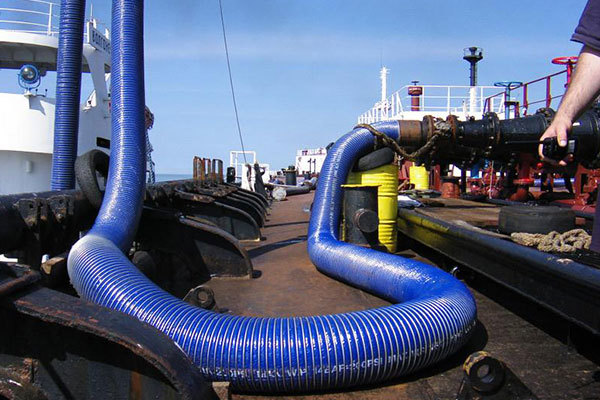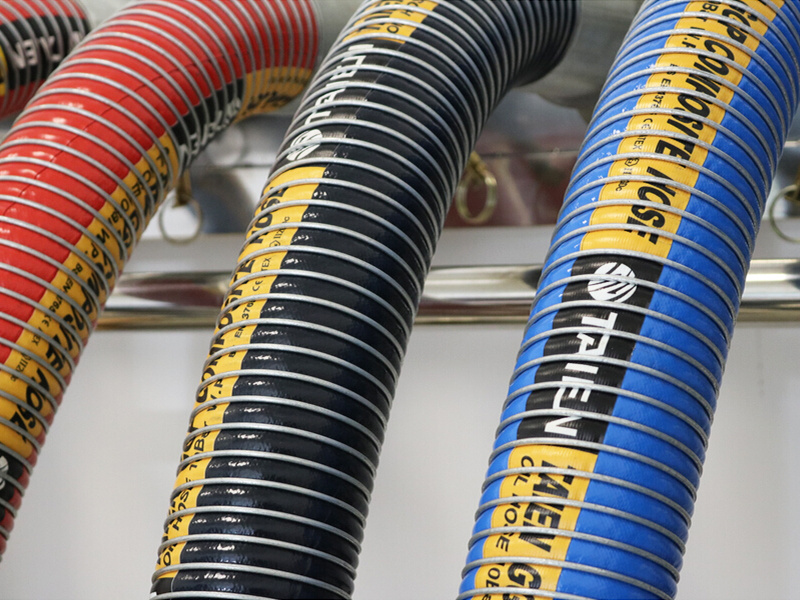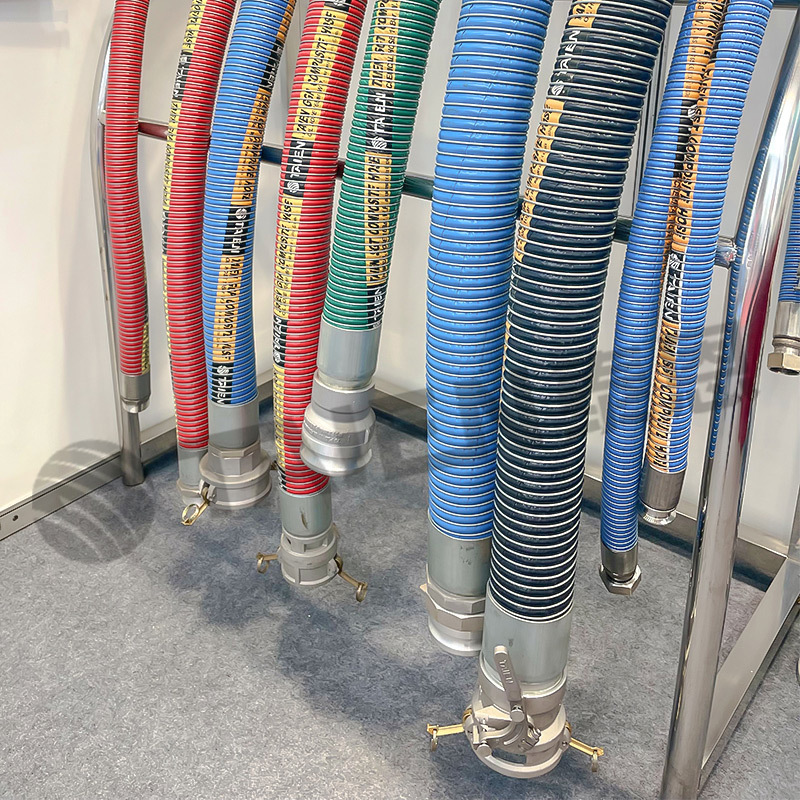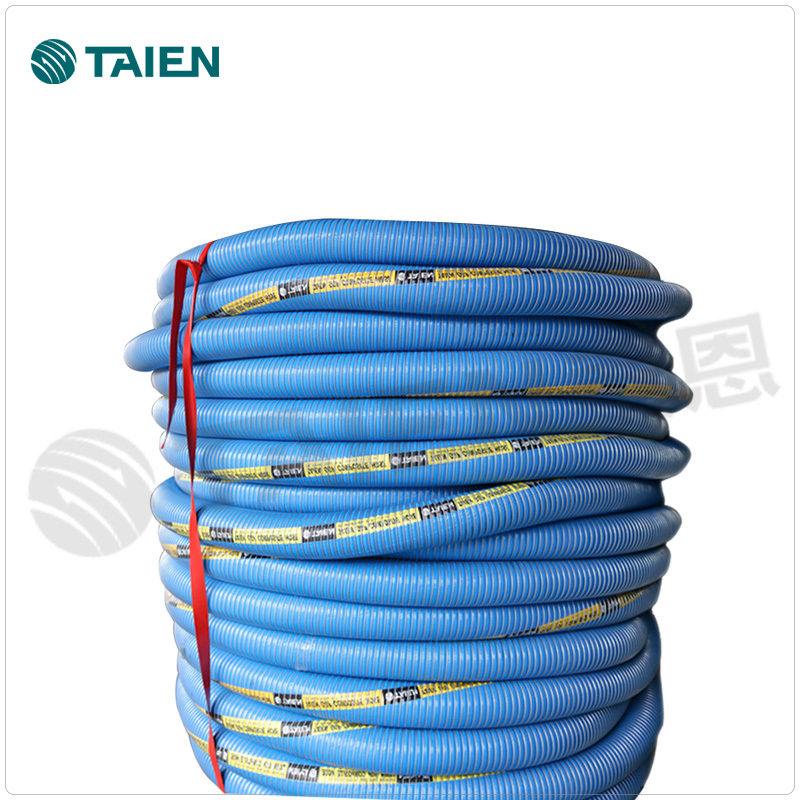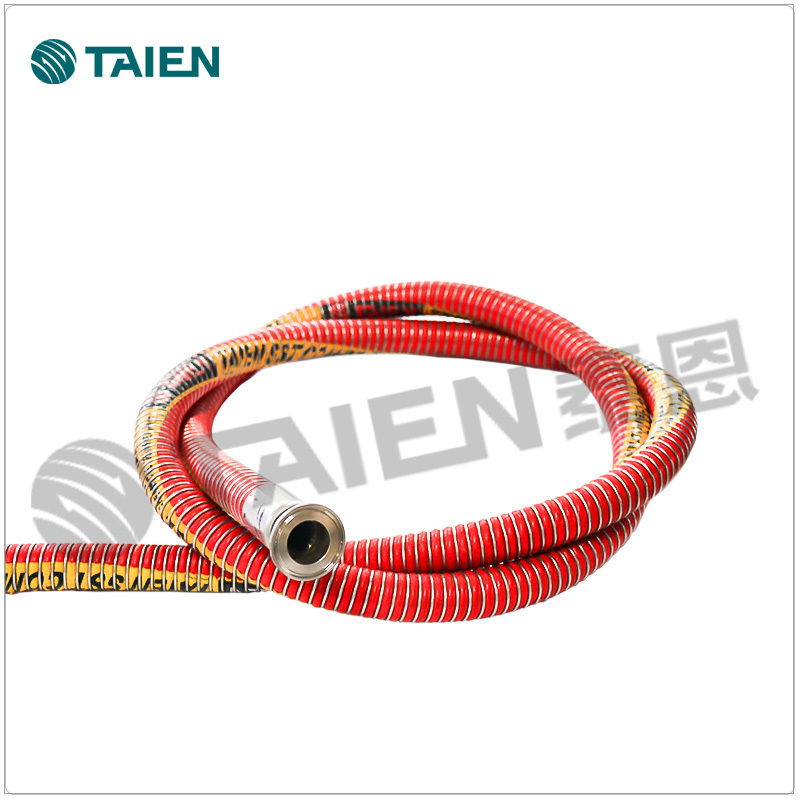The Best Practices for Storing Your Discharge Hose: Ensure Longevity and Efficiency
Release time:
2025-08-12
Author:
Source:
Abstract
The Best Practices for Storing Your Discharge Hose
Introduction to Discharge Hose Storage
Discharge hoses are critical components in various applications, particularly in the realms of construction, agriculture, and industrial settings. They facilitate the transfer of fluids with ease and efficiency. However, improper storage can lead to premature wear, reduced functionality, and even dangerous le
The Best Practices for Storing Your Discharge Hose
Introduction to Discharge Hose Storage
Discharge hoses are critical components in various applications, particularly in the realms of construction, agriculture, and industrial settings. They facilitate the transfer of fluids with ease and efficiency. However, improper storage can lead to premature wear, reduced functionality, and even dangerous leaks. In this guide, we will explore **best practices for storing your discharge hose**, ensuring it remains in optimal condition for years to come.
Understanding the Importance of Proper Hose Storage
Storing your discharge hose correctly is not merely about keeping it out of sight. Proper storage plays a vital role in maintaining the hose's integrity and functionality. Here are several reasons why effective storage is essential:
1. Prolongs Hose Lifespan
When stored correctly, a discharge hose can last significantly longer, saving you money on replacements. Factors such as moisture, UV exposure, and physical damage can degrade the material, leading to leaks and fractures.
2. Enhances Safety
A well-stored hose reduces trip hazards and minimizes the risk of accidents in the workplace. Additionally, it prevents the creation of kinks or twists that can lead to bursts under pressure.
3. Improves Efficiency
Having a discharge hose organized and accessible means less time spent searching for it when needed. This efficiency can be crucial in time-sensitive situations.
Essential Considerations for Storing Your Discharge Hose
Before diving into specific storage methods, it’s important to understand a few key considerations that will help determine the best approach for your needs.
1. Material Type of the Discharge Hose
Different materials have varied requirements for storage. Rubber hoses might need protection from UV rays, while PVC hoses may not be as sensitive. Knowing the material will guide your storage decisions.
2. Length and Diameter of the Hose
Longer and thicker hoses require more space and different handling methods. Make sure your storage solution accommodates the size and weight of your discharge hose.
3. Frequency of Use
If you frequently use your discharge hose, accessibility becomes a priority. Conversely, for hoses that are used less often, long-term storage techniques can be implemented.
Best Practices for Storing Your Discharge Hose
Now let’s delve into some of the most effective practices for storing your discharge hose.
1. Clean the Hose Before Storage
Before putting your discharge hose away, **ensuring it is clean** is essential. Residual fluids or debris can cause corroding over time. Follow these steps to clean:
- Rinse the hose with water to remove dirt and debris.
- Use mild soap and a soft brush for stubborn stains.
- Rinse thoroughly to avoid any soap residue.
- Allow it to dry completely before storage.
2. Choose the Right Storage Location
Select a storage area that is:
- **Temperature Controlled**: Extreme temperatures can damage the hose material. Aim for a cool, dry place.
- **Protected from UV Light**: If possible, store your hose indoors or use covers to shield it from direct sunlight.
- **Dry**: Moisture can lead to mold and mildew, which can deteriorate the hose.
3. Use Hose Reels for Longer Hoses
For longer discharge hoses, **hose reels** are an excellent storage solution. They prevent kinks and tangles while making it easy to access the hose when needed. When using a reel:
- Ensure the reel is sturdy and suitable for the hose’s weight.
- Wind the hose evenly to prevent overlapping, which can cause wear.
4. Hang the Hose Properly
If you don’t have a reel, hanging the hose can be an effective alternative. Here’s how to do it:
- Use sturdy hooks or a wall-mounted rack.
- Hang the hose in loops, avoiding sharp bends that can cause damage.
- Ensure the hooks are positioned securely to hold the weight of the hose.
5. Protect the Ends
The ends of your discharge hose are particularly vulnerable to damage. To protect them:
- Use end caps to cover exposed fittings.
- If caps are unavailable, wrap the ends in a protective material, such as cloth or foam.
6. Avoid Wrapping Too Tightly
When coiling your hose, avoid wrapping it too tightly. Tight coils can lead to kinks and damage the internal structure of the hose. Instead, aim for loose coils that maintain the hose's flexibility.
7. Label Your Hoses
If you have multiple hoses, labeling each one can save time and confusion. Use waterproof labels to indicate specifications, such as size, material, and intended use.
8. Regular Inspections
Make it a habit to inspect your discharge hose regularly. Look for signs of wear, such as:
- Cracks or splits in the material
- Leaks from fittings
- Kinks that could lead to structural damage
By catching these issues early, you can take proactive measures, such as repairs or replacements, before they become significant problems.
Conclusion
Storing your discharge hose properly is crucial for maintaining its performance and extending its lifespan. By implementing these best practices, you can ensure that your hose remains in excellent condition, ready for use whenever needed. From cleaning and choosing the right storage location to using hose reels and conducting regular inspections, these steps will help keep your discharge hose efficient and safe. Prioritize proper storage, and you'll reap the benefits in both performance and longevity.
FAQs
1. What is the best way to clean my discharge hose?
To clean your discharge hose, rinse it with water, use mild soap for stubborn stains, and allow it to dry completely before storage.
2. Can I store my discharge hose outdoors?
While it’s possible, it’s not recommended. Storing it indoors protects it from UV rays and moisture, which can damage the material.
3. How often should I inspect my discharge hose?
It’s advisable to inspect your discharge hose at least once a month, or more frequently if it is used often.
4. What should I do if I find a leak in my discharge hose?
If you find a leak, assess the damage. Minor leaks can sometimes be repaired with hose tape, but significant damage may require replacement.
5. Is it necessary to use end caps on my discharge hose?
Using end caps is highly recommended as they protect the fittings from dust and debris, prolonging the life of the hose and maintaining cleanliness.
Recommended Reading







